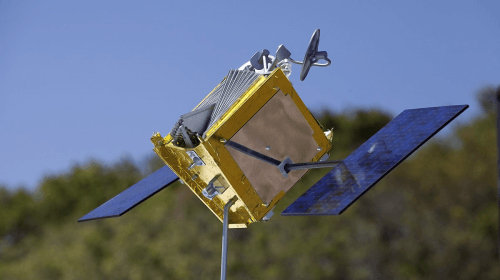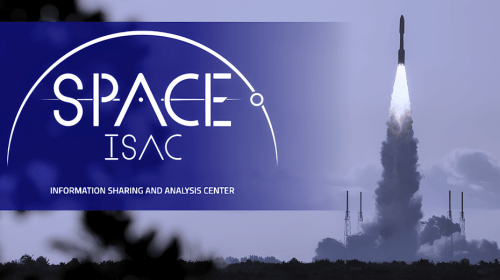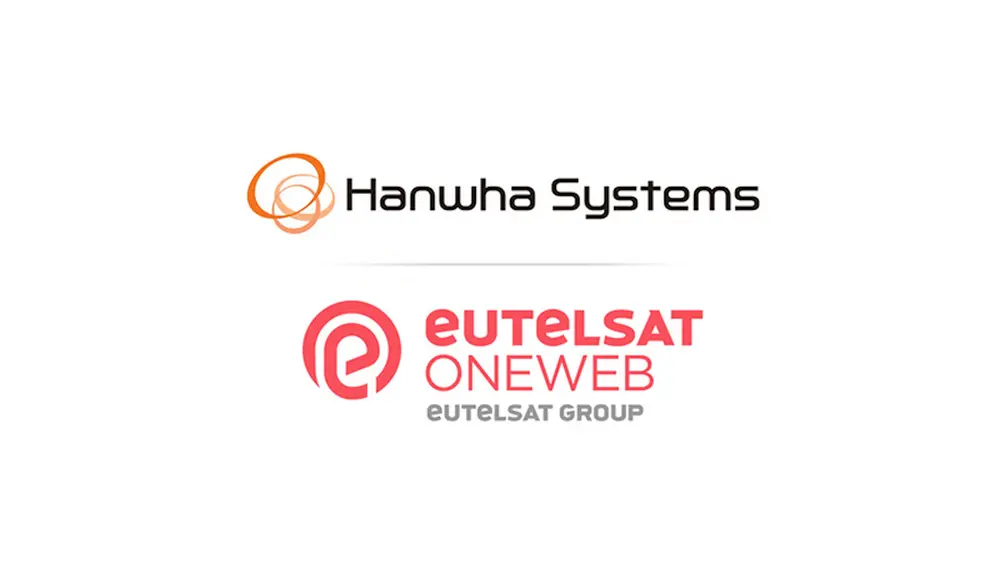Mar 20, 2018
In October, 2017 Intelsat and Intel put forward a proposal to the FCC designed to set up a framework that would allowMNOs (Mobile Network Operators) to leverage unused C-band capacity in the US in order to expand deployment of 5Gservices. This proposal would provide about 100 MHz of downlink C-band spectrum in the US.
The current proposal expands on an October 2017 proposal by Intelsat and Intel, designed to create a technical andcommercial framework enabling wireless operators to quickly access this C-band capacity across the US, in order to hasten thedeployment of 5G services. 5G is a next generation wireless service building upon the current 4G infrastructurethat powers much of our wireless networking today. 5G is slated to provide a large increase in capacity and speed,and 100 MHz of C-band capacity would be just the ticket to kick things off.
The current proposal does not differ significantly from the first, but it provides more details. Having SES join the consortium of Intel and Intelsat, is important in the development of consensus for a unified voice from the industry. SES has a lot of C-band capacity over the US, so its participation is most noteworthy. While it might seem odd for C-band providersto join in on this proposal, the alternative is a state of confusion and uncertainty. Large commercial clients willnot be interested in signing long term contracts if they feel that the capacity might be jerked out from underneaththem. Banding together, it is hoped, will provide a framework that satellite providers and MNOs can depend on andabide by, such that the uncertainty is removed.
When the announcement was first made in October 2017, the industry wasn’t overly excited, with some satelliteexecutives referring to the proposal as “ridiculous” or “divisive.” The consortium members however are saying thereaction is more positive. Intelsat noted that the most negative comments came from providers outside the US withlittle stake in the US market. Their concern may be that once approved in the US, other countries might also try tograb C-band capacity.
Working together with Congress on regulatory legislation to ensure stability andcertainty in the path forward is to everyone’s advantage. Intelsat, SES and Intel will present constructiveproposals that protect satellite providers as well as give 5G the boost that this capacity provides. SES andIntelsat, the two largest C-band providers over the US, see it as a way to give certainty to their customers for thewide array of services provided.
Putting controls in place, SES emphasizes, benefits the satelliteoperators, hundreds of service providers, millions of television viewers, and ultimately the US economy through theadvancement of better communications. The FCC requested a solution for C-band, and the players are coming together,being proactive and working together to propose agreements that can be quickly implemented, show fast results, andmost of all, create certainty for all concerned.
For satellite providers, it means giving up somecapacity, but it secures a large portion of the C-band spectrum, protecting an existing and well-functioningindustry model. It gives large commercial customers the stability and certainty they must have in order to signlong term contracts. At the same time, it contributes to the rollout of 5G, which is of great importance to thecountry. Intelsat and SES note that this effort is custom made for the US and is not designed to be exported toother countries, which in many cases, have already made arrangements to make spectrum available to MNOs.
Another advantage noted, is that for the first time, satellite access is being included in 5G standards. Manysatellite technology vendors have been lobbying to become part of the 5G movement and to ensure that satellite isfully integrated with the new technology. This is an important first step in that direction.





